Final day in Kompong Thom
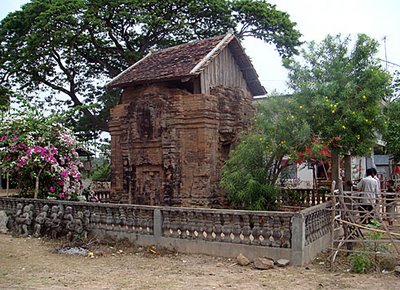
The 8th century brick prasat at Kuk Veang
Returning from my three-day Phnom Chi adventure, I stayed overnight in a $6 fan room at the Monorom guesthouse and decided on a quick temple-hunt for my last day in Kompong Thom, to make up for the paucity of sites in Phnom Chi! Sokhom and I left after breakfast and headed south along Route 6, stopping to photograph a couple of Ting Mong (scarecrows) propped up outside houses to ward off bad spirits. At the town of Taing Krasaing
Back in Kompong Thom with seven temple sites visited in just three hours – Kompong Thom province, according to Cristiano, has over 400 such sites, varying is size and quantity – I treated Sokhom and his daughter Kunthea to lunch at Arunras before a whistle-stop visit to the museum directly opposite. With the poor light inside the museum room, it was rather a worthless visit and I hope that the new museum currently being built will display the artifacts - which include more than 15 lintels and lots more besides – to a far better standard. I also chatted to Chhunly, one of the culture department’s teenage dance troupe who were gathering for a practice session, and she introduced me to her fellow dancers preparing for their New Year schedule. Nice kids. I caught my Phnom Penh-bound GST bus at 3pm but with a two-hour traffic jam at Preak Leap, I didn’t get home until 9pm. I was knackered though it’s always pleasure to hook up with Sokhom. I’m now planning our next foray into the countryside of northern
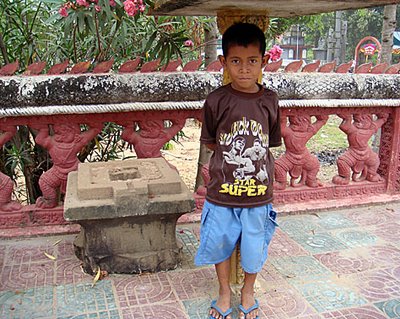
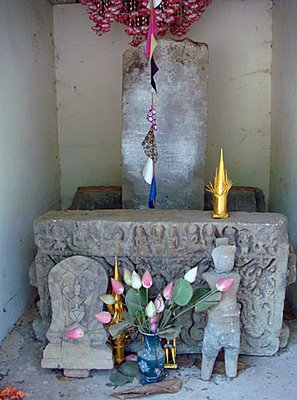
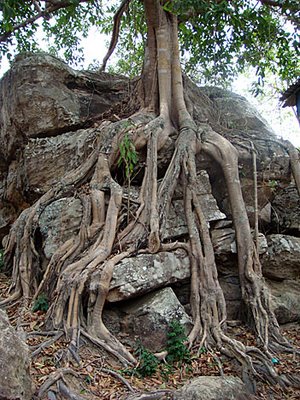
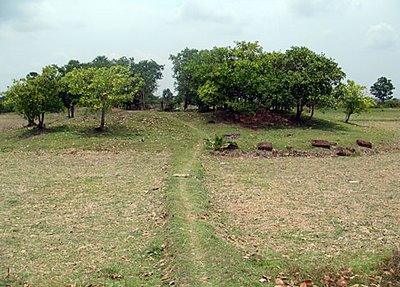
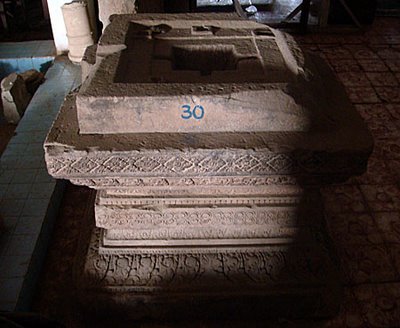


3 Comments:
Dear Andy Bruwer - this has nothing to do with the actual post on K. Thom - just two questions we'd like to pose out of curiosity:
1. Is there anything like a system of transliteration or Romanisation of the Khmer script? (like we have for the Chinese, first with the Wade-Gilles and after 1949 with the Pinyin?)
2. Is it too difficult for a native English-speaker to come to speak Khmer? --- Thank you for your attention - Elizabeth & Tom Fairbanks
hi, you'll have to help me out with question 1, as I'm not a linguist though I think the answer is yes, there is a system of transliteration. you can get hold of a Khmer to English dictionary at most bookshops if you order it.
as for question 2, then yes if you put in the effort to learn Khmer then many people I know have become fluent. The Cambodians really appreciate it if you speak their language. I don't as yet, aside from a few words to get by. I am lucky in that I'm always accompanied by a native Khmer speaker whenever I get out & about, but of course that has the reverse effect and makes me lazy!
if Cambodia is now your home, you've gotta learn the language, Andy. Your whole perception of the environment will change in depth. Just figure what an asset it wd be, to invest one, two years in studies and come to learn the basics and a bit beyond that, when nearly every day-to-day situation presents you with an opportunity for practicing... I lived for 5 years in China and since the beginning devoted myself to learning a bit of Chinese - after two years of not-so-intensive studies, what a difference it made! only then I could perceive something of the Chinese mind, and contrary to my expectations, realize that the differences between us were much greater than I could possibly suppose when I understood nearly nothing of what they said. - Kiko
Post a Comment
<< Home